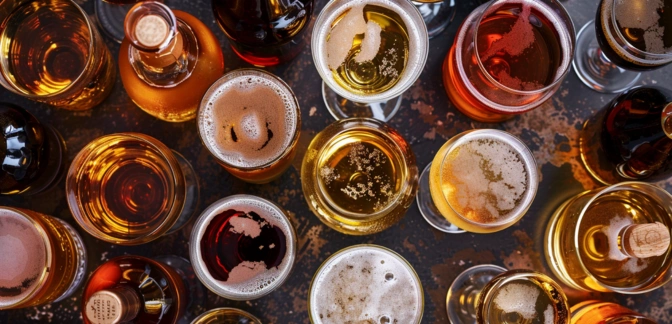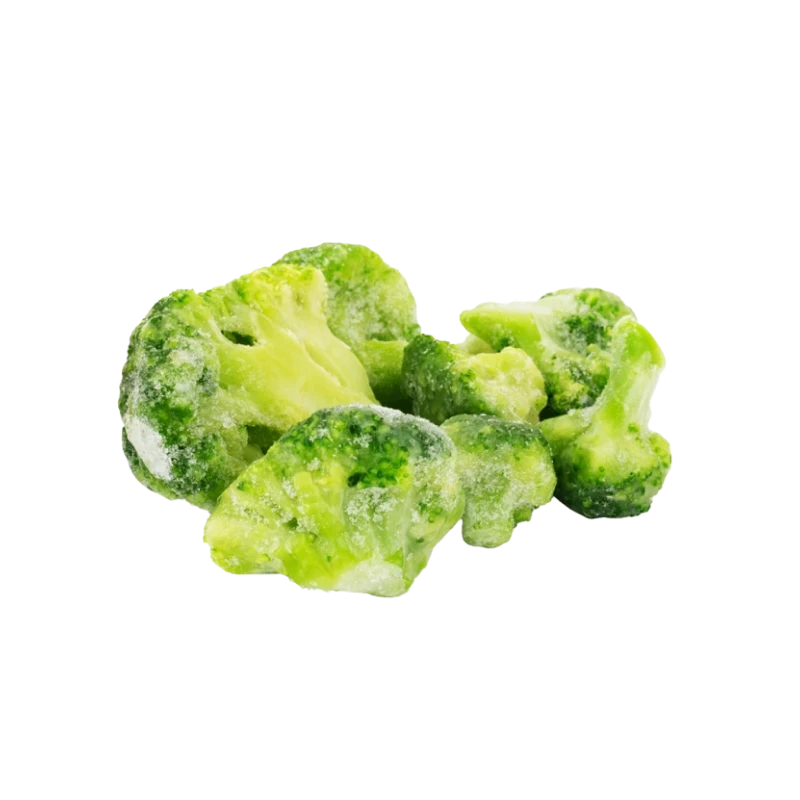Beer — Nutrients, Health Benefits, and Shopping Tips

Written by Listonic Team
Last update on September 4, 2024
Nutrients
Nutrition facts
Amount per 100 g
Calories
🔥 43 kcal
| Nutrients per: 100 g | Value | % Daily Value* |
|---|---|---|
| Carbs | 4 g | 1.45% |
| Fiber | 0 g | - |
| Sugars | 0 g | - |
| Glycemic Index | 89 | - |
| Protein | 1 g | 2% |
| Sodium | 4 mg | 0.17% |
| Total Fat | 0 | - |
*The % of Daily Value (DV) tells you how much a nutrient in a serving of food contributes to a daily diet. 2,000 calories a day is used for general nutrition advice.
4 g
⬇️ Low Carb Content
Key takeaways
Health risks
- Increased risk of addiction due to the alcohol content, which can lead to dependency and alcoholism if consumed excessively.
- Potential for liver damage as excessive alcohol consumption can cause liver diseases such as cirrhosis and fatty liver disease.
- High calorie content which can contribute to weight gain and obesity, leading to various related health issues.
- Negative impact on mental health with long-term heavy drinking associated with depression, anxiety, and other mental health disorders.
- Risk of cardiovascular problems including high blood pressure, heart disease, and stroke, especially with heavy or binge drinking.
How to choose beer
Considering your beer preference, whether ales, lagers, stouts, or IPAs, is important. Check for clarity or appropriate haziness specific to the style, alongside a fresh, inviting aroma. Options from local breweries often promise fresher tastes due to shorter shipping times.
Steer clear of beers that taste flat or smell like sulfur, skunk, or overly yeasty, as these characteristics can indicate spoilage. Also avoid any cans or bottles with compromised seals, affecting the beer's quality.

How to store beer
Beer should be stored in a cool, dark place to maintain its flavor and carbonation. Refrigeration is ideal for most types of beer, keeping it at a consistent temperature. Proper storage can help beer retain its quality for several months.
Direct sunlight and heat can cause beer to spoil and lose its flavor, so these should be avoided. Freezing beer can cause it to expand and potentially break the bottle, so this is not recommended. Keeping beer upright helps prevent sediment from settling and ensures better clarity.
✅ Please keep in mind: There is no safe amount of alcohol
Even moderate alcohol consumption poses significant health risks. The most recent data from the World Health Organization warns that no level of alcohol consumption is safe for our health. Click to learn more.
How long does it last?
Beer typically lasts for 6-24 months if unopened and stored in a cool, dark place. Once opened, it should be consumed within 1-2 days to enjoy its optimal flavor and carbonation.
What to do with leftovers?
Leftover beer can be used in a variety of culinary applications. Use it to marinate meats like chicken or beef, infusing them with a deep, malty flavor. Beer is also excellent in stews and soups, where it adds a rich, robust taste.
Beer can be reduced to make a glaze for roasted vegetables or meats, or incorporated into batters for fish and chips or onion rings. You can also use beer to make a beer bread, where its yeasty flavor adds depth to the loaf. For a unique twist, try making a beer-based dessert like a chocolate stout cake or beer ice cream. If you have extra, consider using it in cheese fondue or mixing it into a barbecue sauce for a smoky, tangy flavor. Beer can also be used in brining, where it adds moisture and flavor to the meat.
👨⚕️️ Medical disclaimer
Discover products from other categories
Listonic Team
Fact-checked
Our editorial team checked this article to make sure it was accurate at the time of publishing it.
Get the top-rated shopping list app







